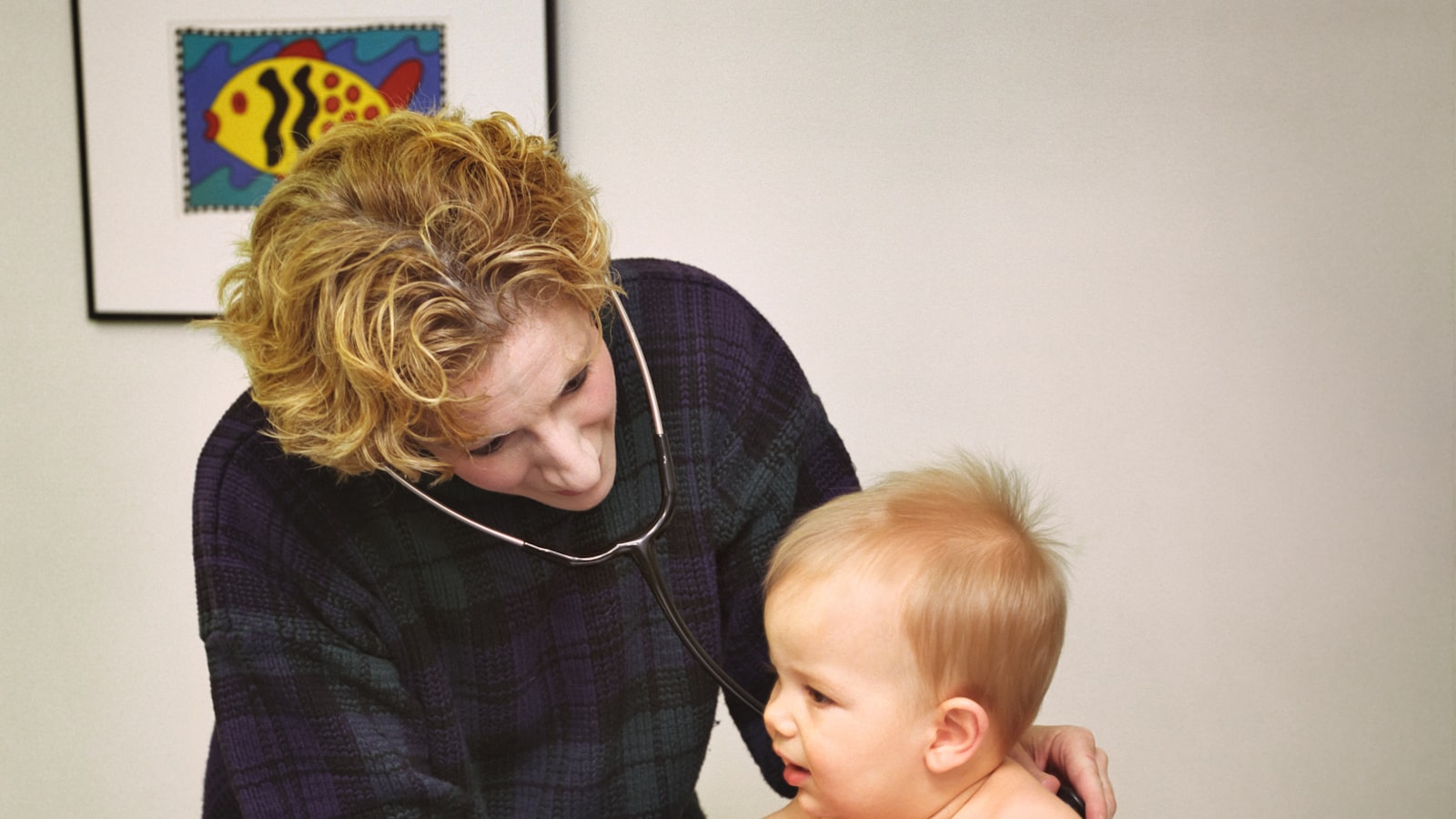The telehealth goal is to keep patients in their communities, reducing transfers, lowering costs, and increasing patient satisfaction, while giving high-quality care.
Intermountain hospital emergency department doctors can now connect with Primary Children’s Hospital’s emergency department, trauma and pediatric ICU specialists through a TeleHealth video consult available 24/7.
“We’ve found that about 80 percent of pediatric emergency, trauma and ICU patients who’ve been transferred to Primary Children’s are discharged within 24 hours. During a six-month trial period of this new Telehealth pediatric service, about half of those pediatric emergency patients are now able to safely stay in their local communities,” said Katrina Jensen, a pediatric nurse with Intermountain Healthcare.
“They’re either treated and sent home or admitted to their local hospital or a closer hospital, avoiding unnecessary transfers far from home. This is a huge benefit to patients and their families, as well as providers at emergency departments,” she added.
The primary goal of this service is to keep patients in their home communities whenever possible, reducing transfers to hospitals hundreds of miles away, which also means lower costs to patients and family members. It also enhances patient and provider satisfaction.
Here’s how it works: Patients access care by going into the emergency department. When necessary, doctors in the emergency department will connect with Primary Children’s specialists for a consultation.
Some examples of patients who might use this service include:
A child has a significant fall and hits their head. They vomit and don’t look great, so the parents take them to the emergency department. There, the doctor is somewhat concerned about the CT images of the child’s head, even though the child is looking and acting great by now. The provider uses Telehealth for a trauma consultation with Primary Children’s, whose doctors review the CT scan and look at the child over video. Together, the doctors determine whether the child is okay to be discharged or needs further follow-up. They educate the parents on what changes in their child to look for and what warrants a return to the hospital.
A child is running a fever, feels pretty bad and has a rash so the parents take them to the emergency department. The provider is not sure what to make of the rash, as some rashes can indicate significant illness and others don’t. They call for a TeleHealth consult with the pediatric emergency provider. The provider looks at the child over the video and is able to do an assessment and actually see the rash. It might be something the local hospital can admit and treat, or the patient can be discharged if it is something more serious, and the patient can be transferred to Primary Children’s.
The pediatric telehealth program is part of Intermountain Healthcare’s “Primary Promise” to keep The Child First and Always, and vision to create the nation’s model health system for children.
For more information, go to https://intermountainhealthcare.org/primary-childrens.
About Intermountain Healthcare
Based in Utah with locations in seven states and additional operations across the western U.S., Intermountain Healthcare is a nonprofit system of 33 hospitals, 385 clinics, medical groups with some 3,800 employed physicians and advanced practice providers, a health plans division with more than one million members called SelectHealth, and other health services. Helping people live the healthiest lives possible, Intermountain is committed to improving community health and is widely recognized as a leader in transforming healthcare by using evidence-based best practices to consistently deliver high-quality outcomes at sustainable costs. For more information, see Intermountain Healthcare.
